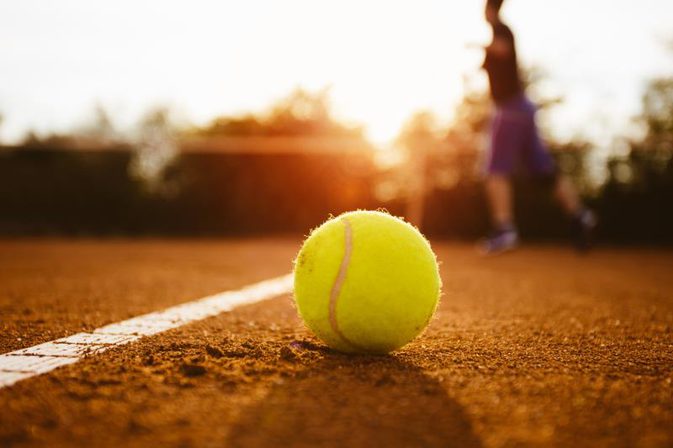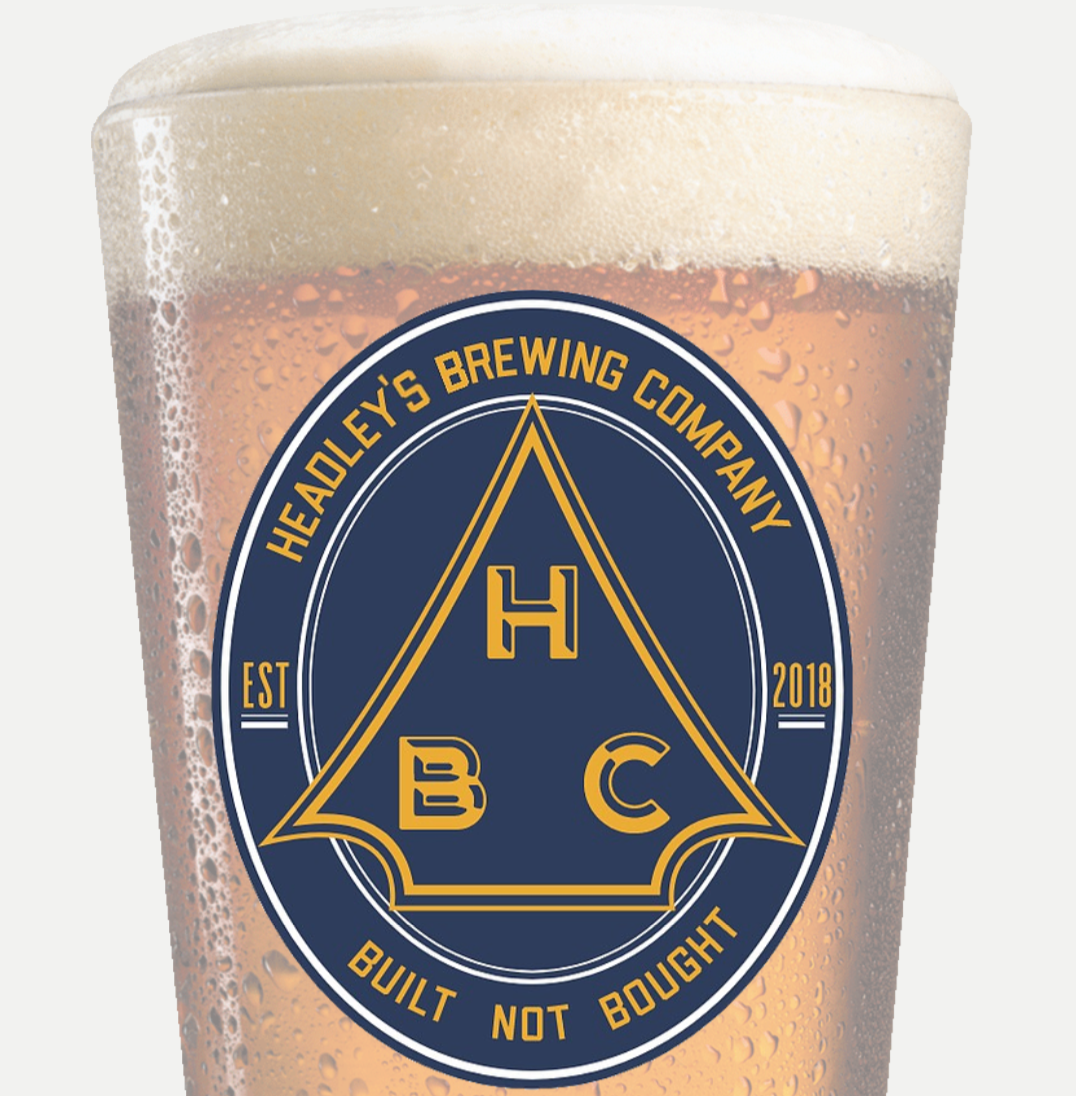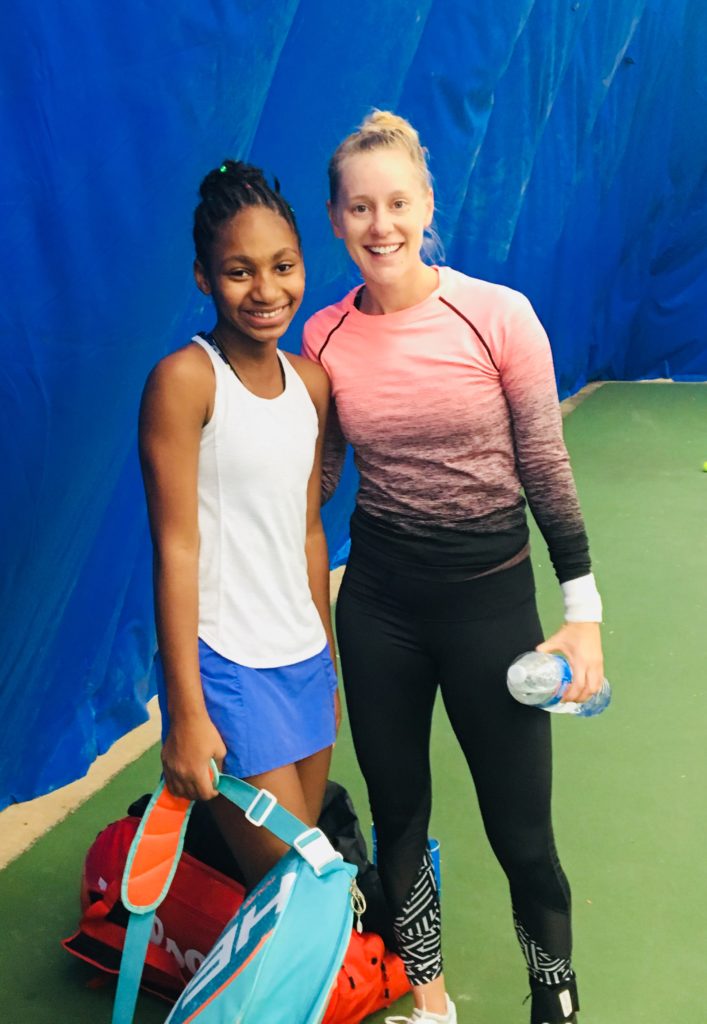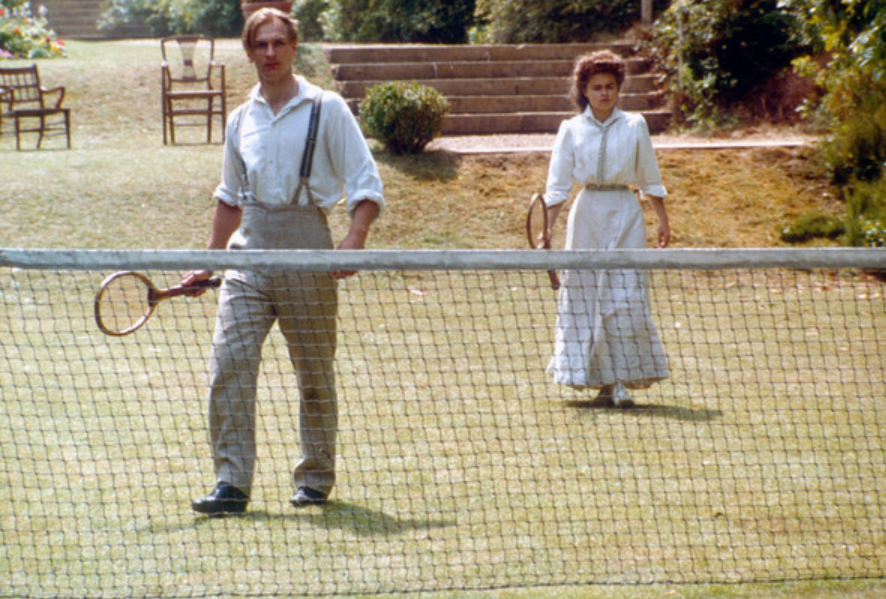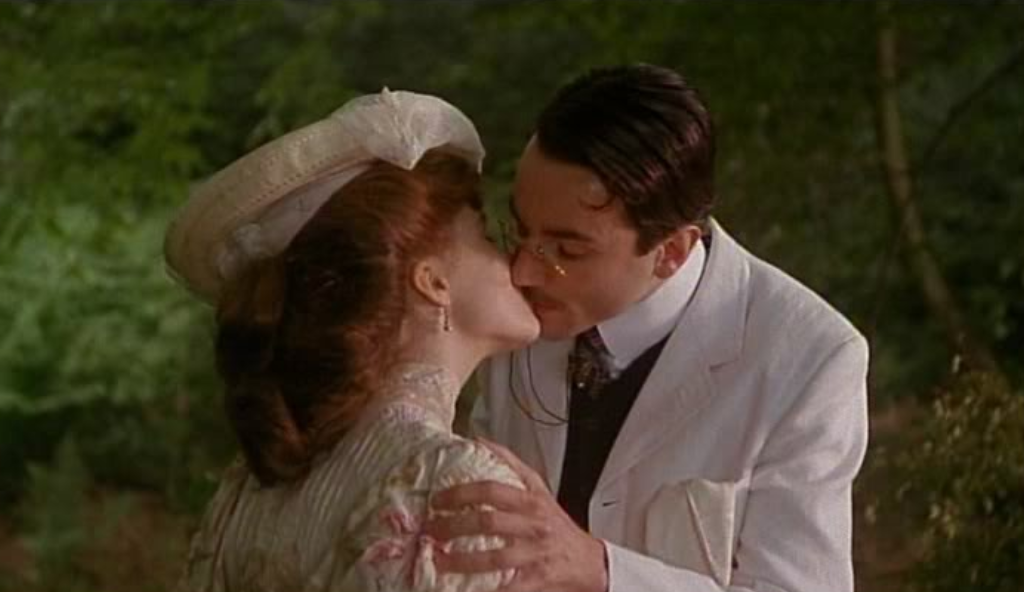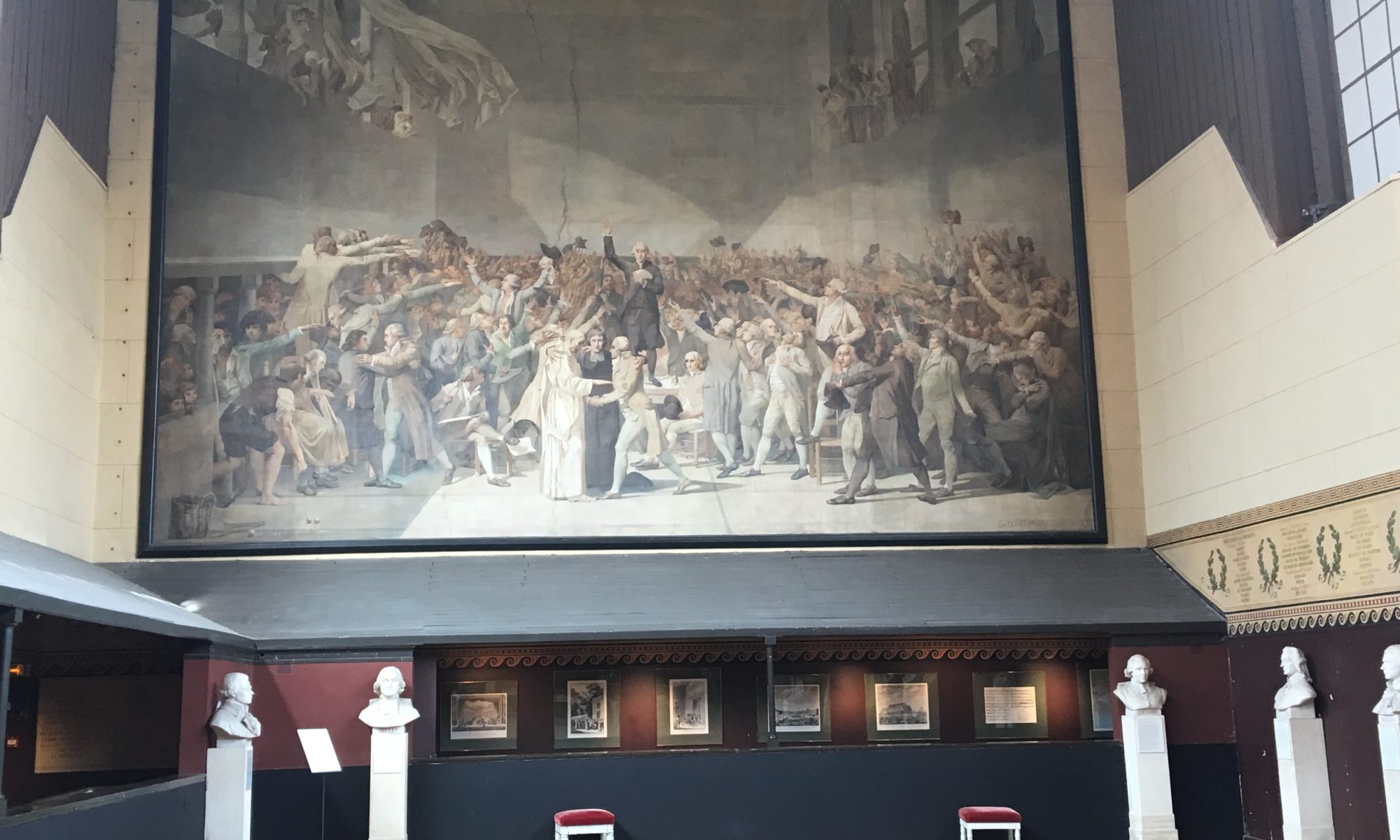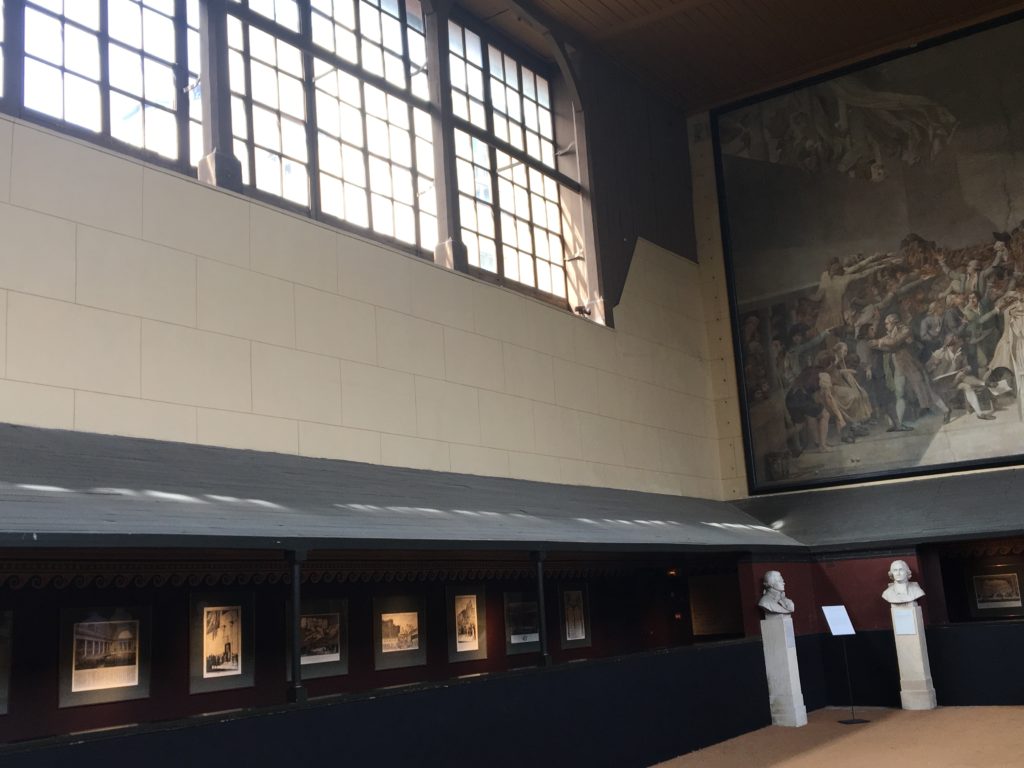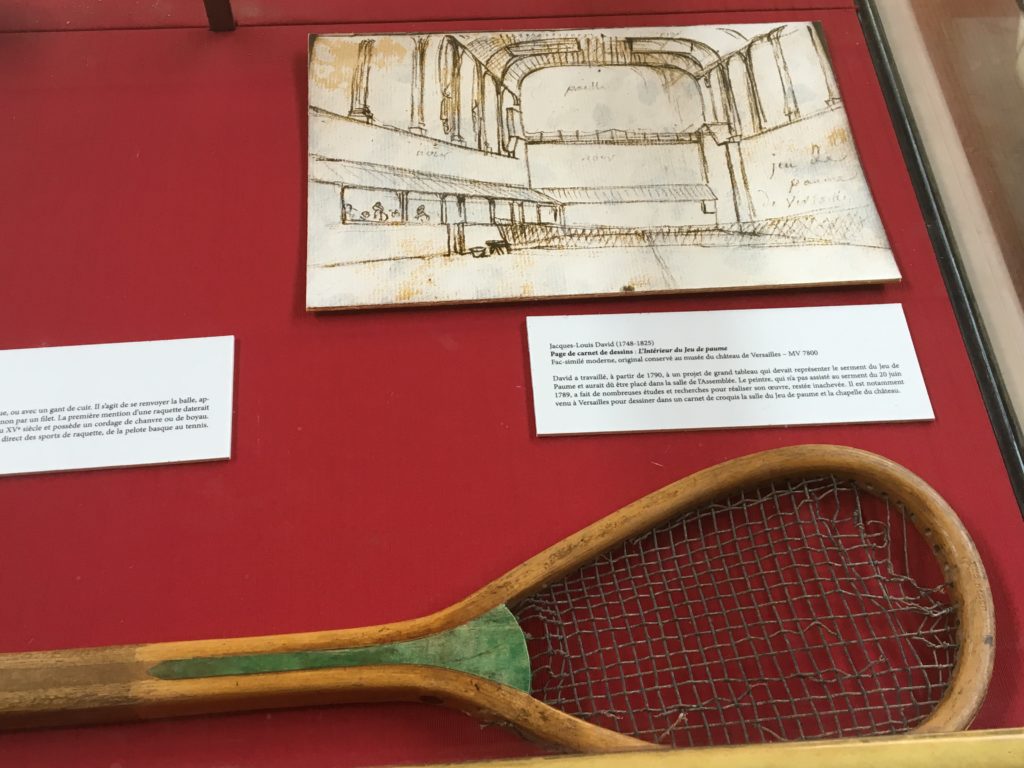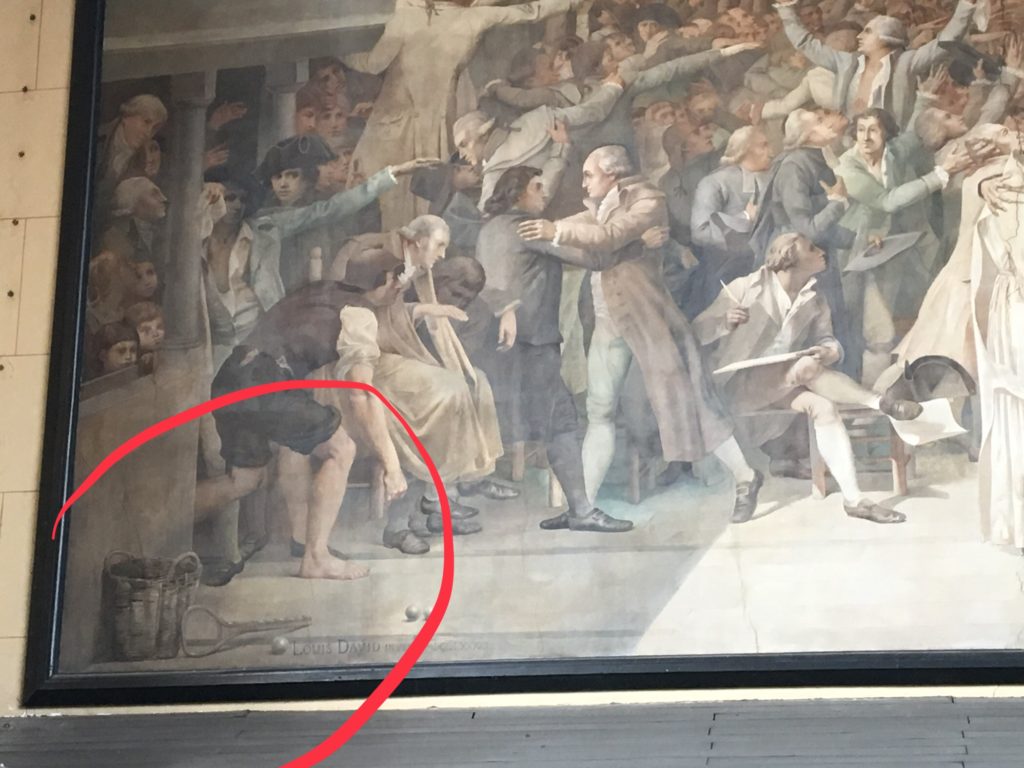When a fellow tennis player does something off-the-beaten-path and does it well, it’s worth reporting. This is the case with Matt Sembrat and Headley’s Brewing Company. In 2017, Sembrat and friend and brew master Jamie Headley started Headley’s Brewing Company, a nano-brewery in Heidelberg, Pennsylvania. Sembrat is a recreational tennis player and an owner of an IT company called Prime Communications, Inc., which is how he met Headley, an IT Director for a financial services company. After forming a friendship and realizing that they each had a penchant for good beer, the rest is history.
On tap at their location at any given time is an IPA, red ale, golden ale, porter and summer wheat ale. I sampled the “Squeaky Blonde Ale,” which was as light and breezy as the photo of the long, blonde-haired hippy goddess pictured on the company’s website. I also sampled and purchased a growler of the “Bad Dog Mae IPA.” The name comes from Sembrat’s neighbor’s Airedale terrier called Mae, who is “super bad but also super loveable.” She’s “sweet but horrible at the same time,” Sembrat confides. I’m an IPA aficionado, and the Bad Dog Mae IPA has a moderate hoppy flavor ending with just the right amount of bite which doesn’t grow old at the end of the pint.
Headley’s Brewing Company, according to Sembrat, wants to capture the “middle market,” and what he means by this phrase is to be steady and sure in the burgeoning craft beer market in Pittsburgh, i.e., the go-to beer. Headley’s Brewing Company isn’t chasing the latest beer trends, such as high alcohol content or strong flavors such as coffee or citrus. Instead, Sembrat wants the beer to be accessible to everyone, and wants the customers to be able to drink two or three beers at a time and want to come back for more. Headley’s Brewing Company’s tag line is “Built not Bought,” which was especially chosen to memorialize the time and effort brew master Jamie Headley spent carefully crafting and perfecting the beer recipes to ensure consistency in taste and flavor, and to further the company’s market strategy.
Headley’s Brewing Company’s other beers are named “Heidelberg Racetrack Red,” “Flash Lightning Speed Porter” and “Frankie Z’s Easy Summer Wheat Ale.” The descriptions of each on the company’s website would make the creatives at Rodney Strong Vineyards blush with their carefully worded, evocative phrases. Several of the descriptions are rife with nostalgic references to long-standing friendships, which, as I found out, is a personal theme of Sembrat’s.
Next year Headley’s Brewing Company expects to have its own tap room which he envisions as a friendly, cozy place, where folks feel welcome and want to come back time and time again. In the meantime, however, Sembrat is delighted to say that Headley’s Brewing Company is currently located behind a dog grooming establishment, Kim’s Doghouse. Sembrat revels in the quirkiness of the venue which he and Headley built-out after hours and on weekends. Based on press the company has received, folks have come from miles around to sample Headley Brewing Company’s beer. Only one person has complained about the space; others, like me, enjoy its uniqueness. Where else can I drop off Edgar and Gordie for their cuts and pick up a growler at the same time? And one day I’ll certainly say, “I bought growlers when they were located in the basement of Kim’s Doghouse,” much like I say, “I saw Rusted Root at the Artery.”
When I asked Sembrat if Headley’s Brewing Company has any plans to create a tennis-themed beer, he said, “Absolutely!” “Mid-Court Crisis IPA” and “Split Sets Stout” are in the hopper (pun intended). Sembrat loves the game of tennis, which he started playing in his forties, and observes that it forces you to be a good sportsman, with line calls and such. Sembrat, himself, is a good sportsman because throughout our conversation, he enthusiastically and positively spoke about Headley’s Brewing Company’s competitors, such as Hitchhiker Brewing and Insurrection Aleworks. Sembrat credits his tennis pals for their enthusiasm in steadfastly supporting his venture, sometimes over a pint or two after playing. “Tennis players are a different breed,” Sembrat said. Agreed. Just like the stand-up beers at Headley’s Brewing Company.
Headley’s Brewing Company welcomes everyone – tennis players and beer fans alike – to “Come out and try the beer and spread the word.” You can purchase Headley’s Brewing Company beer in growlers at its location at 1743 East Railroad Street in Heidelberg, Pennsylvania certain times during the week posted on its website or on its FaceBook page.
